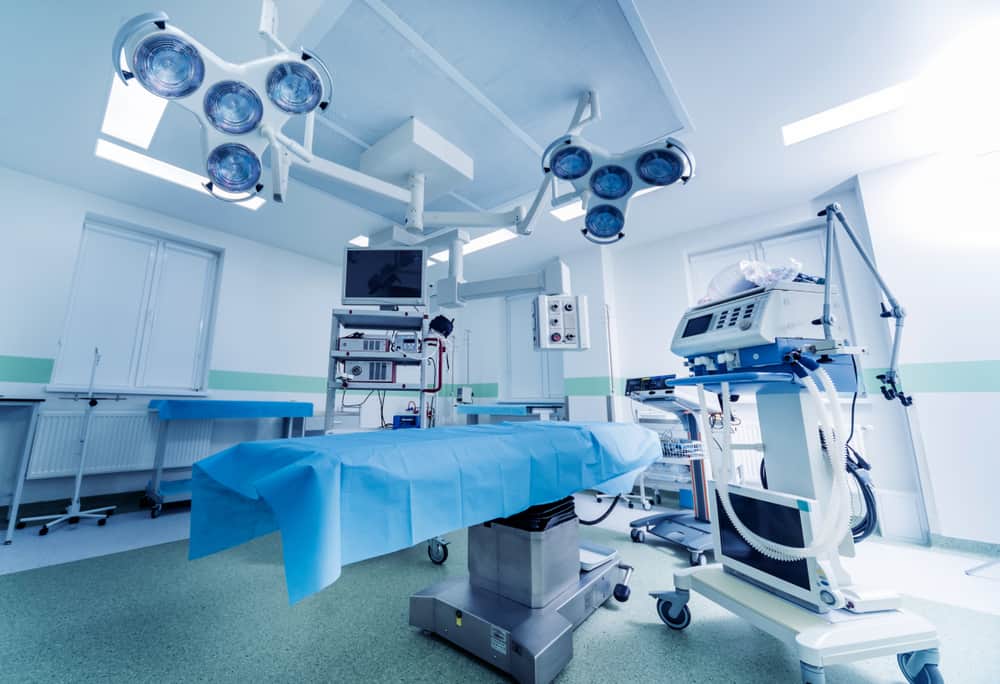
Standards of medical devices
The ISO 13485 standard is for medical devices – quality management systems – requirements for regulatory purposes, is the basis for regulatory compliance in local and most global markets.
Exporting medical Devices to various countries is mandatory.
ISO 13485 Certification is an objective evidence of compliance of the requirements, regardless of the type or size of the organization.
ISO 13485 is the medical device industry’s most widely used international standard for quality management. Issued by the International Organization for Standardization (ISO), the ISO 13485 standard is an effective solution to meet the comprehensive requirements for a QMS in the medical device industry.
Adopting ISO 13485 provides a practical foundation for manufacturers to address the EU Medical Device Directive (MDD), the EU Medical Device Regulation (MDR), and other regulations, as well as demonstrating a commitment to the safety and quality of medical devices.
Starting with management support and identifying the customer requirements for the QMS, you will need to start developing documentation including the Quality Policy, Quality Objectives, and Quality Manual.
Together, these define the overall scope and implementation of the Quality Management System. Along with these, you will need to create the mandatory and additional processes and procedures necessary for your organization to properly create and deliver your product or service.
This standard specifies requirements for a quality management system where an organization needs to demonstrate its ability to provide medical devices and related services that consistently meet customer requirements and regulatory requirements applicable to medical devices and services.
ISO 13485 – Benefits
- Customer satisfaction
- Reduced operating costs
- Improved stakeholder relationships
- Legal compliance
- Improved risk management
- Proven business credentials
- Ability to win more business
- contributes to safety of patients and users
- underlines the competency of the organization
